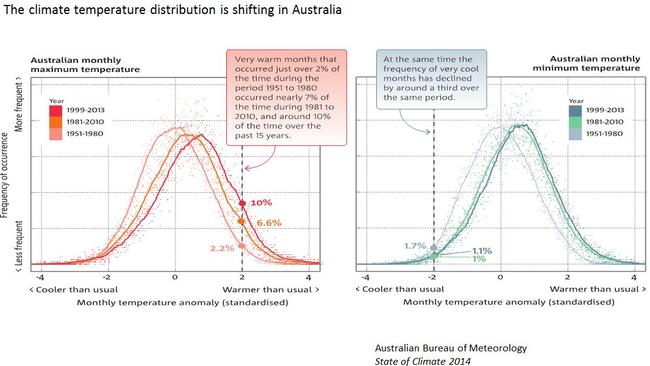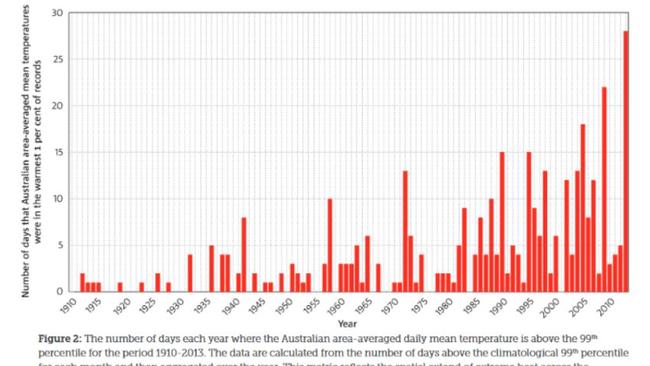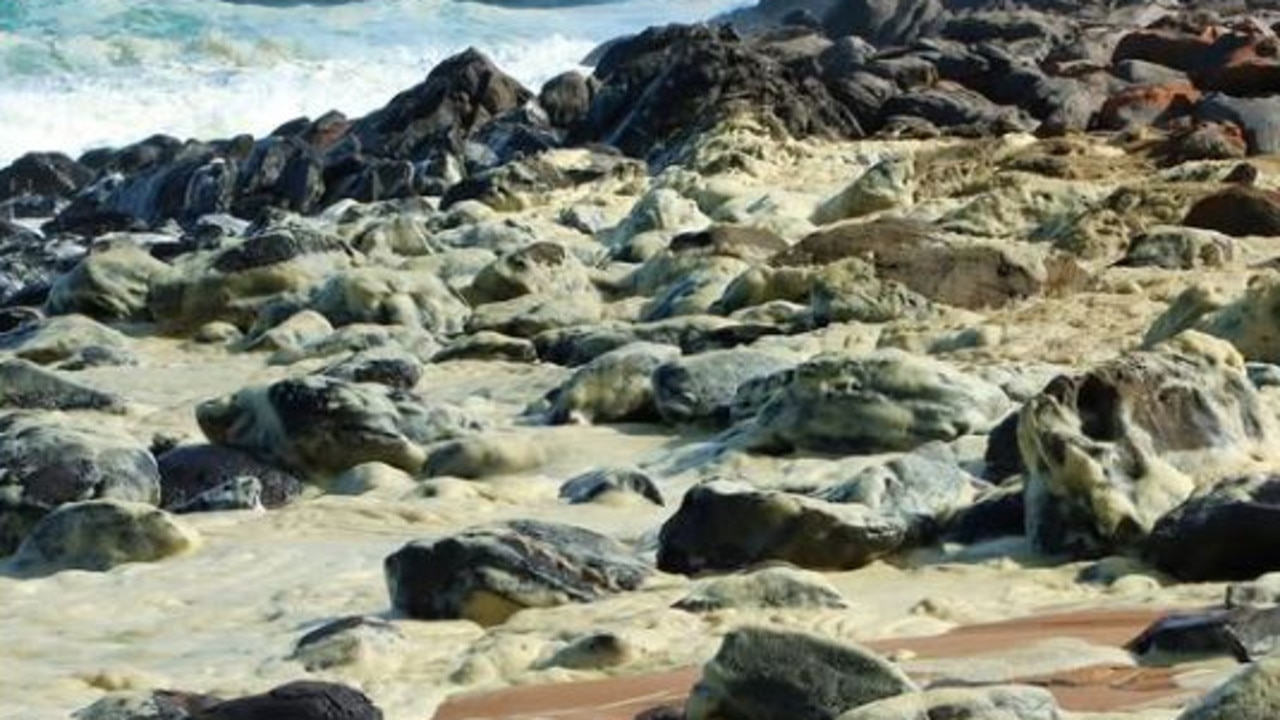Australia’s plants have little capacity left to cope with hotter, longer heatwaves: study
AUSTRALIA’S outback is getting hotter. A global study has revealed longer and more intense heatwaves are rapidly pushing our plants and crops towards breaking point.

AUSTRALIA’S Outback is getting hotter. Deadlier. Deader. A global study has revealed longer and more intense heatwaves are rapidly pushing our plants and crops towards breaking point.
But the warning signs don’t just apply to our delicate native ecosystems: Our inland farmers may also soon be in full retreat.
A study published in the science journal Global Change Biology surveyed plants around the world for their ability to tolerate heatwaves.
It turns out Australia’s desert plants are already living on the edge of survival.
Their reserve margin for coping with extra heat appears surprisingly limited.
This is bad news in light of recent trends, Australian biologists say, with the past year recording the hottest temperatures on record.
“Plants growing in the dry, inner regions of Australia are at particularly high risk,” says Professor Owen Atkin of the ARC Centre of Excellence in Plant Energy Biology at the Australian National University.
“We could see dramatic changes to the face of Aussie plant life in the future”.

SURVIVAL MARGIN
Under the study, plants from nineteen sites including the arctic, tropical and desert regions were collected and exposed to steadily increasing temperatures within controlled tests.
Researchers closely monitored their leaf metabolisms to identify the ‘tipping point’ where vital processes — such as photosynthesis and leaf respiration — began to be damaged.
Unsurprisingly, the study demonstrated higher heat tolerance in plants from closer to the equator than in the arctic.
However, the researchers found the potential for damage is actually most severe in hot, inland, mid-latitude regions — such as the vast bulk of Australia.
CROP STRESS: Do our plants need to be put on Prozac to keep us fed?
Put simply, plants can only do so much to cool their exposed leaves.
Drought has always limited the amount of water available for plants to respirate. But intense, longer heatwaves are having an increasingly damaging effect.
“The study suggests high temperatures during heatwaves will damage a plant’s ability to function, particularly in sun-exposed, upper canopy leaves” says lead author Dr Odhran O’Sullivan.
“This means that, as heatwaves become more extreme in the future, the safety margin for high temperature tolerance will shrink first and most quickly for plants in the mid-latitudes,” adds Professor Mark Tjoelker of Western Sydney University. “This includes vital agricultural crop-growing regions.”

FOOD SECURITY
“We know that crop yields are negatively affected by heatwaves, often when crops are flowering,” says Professor Atkin.
“Our results point towards heat damage to leaves being a further factor contributing to reduced crop yields. The potential for such damage will only increase as global temperatures rise.”
Finding and developing ways to improve crop heat tolerance is an emerging priority.
“Because heatwaves are becoming more extreme and frequent, there is an urgent need to improve heat tolerance of leaf metabolism in crops, such as wheat, that are often grown in hot, arid regions,” he says.
Which includes Australia’s inland farmers.
Researchers from the ARC Centre of Excellence in Plant Energy Biology at the Australian National University and the University of Sydney are now using the results of this study to identify crop varieties capable of handling the most heat stress.

HOTTER, LONGER
CSIRO and Bureau of Meterology records reveal Australia’s heatwaves are rapidly getting hotter, and longer.
In 2015 maximum temperatures were above average over almost all of Australia. Figures for 2016 have so far continued along this ongoing trend in much of the country.
Records show Australia recorded an average 10 days under extreme heat conditions in 1957 (in what was the hottest year for some 15 years). In 2015 there were 26 such days.
Projections based on moderate increases in CO2 in the atmosphere place the number of heatwave days rising from a current 3.5 per year in Sydney to about 5 in 2030. For Perth it will increase from 28 days to between 36 and 43, Melbourne from 9 to 11-13, Adelaide from 17 to 21-26, and Brisbane will go from an average of one day to between 1.5 and 2.5 days. The inland city of Alice Springs already experiences 90 days of heatwave conditions each year. By 2030 this is expected to rise to 102-118 days.
“Understanding (plant) temperature limits sets a hard boundary of nature’s resilience not to be crossed,” says the ANU’s Chief Investigator at the ARC Centre of Excellence in Plant Energy Biology, Professor Justin Borevitz.
Read our Special #Climate Statement for more about Australia's warmest #autumn on record: https://t.co/xIC4OxYG0p pic.twitter.com/qHUDzR1zhm
— BOM Australia (@BOM_au) June 9, 2016




